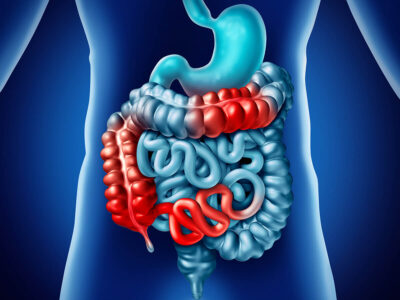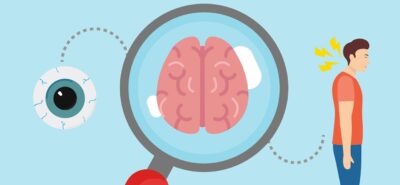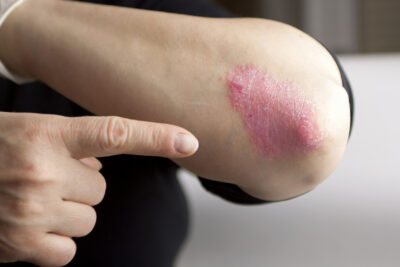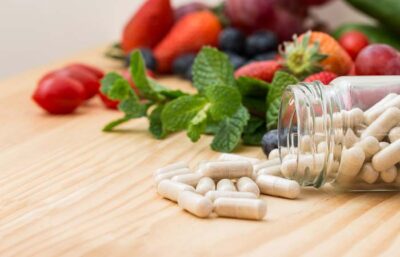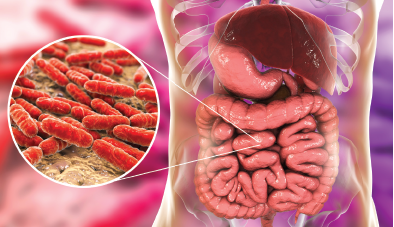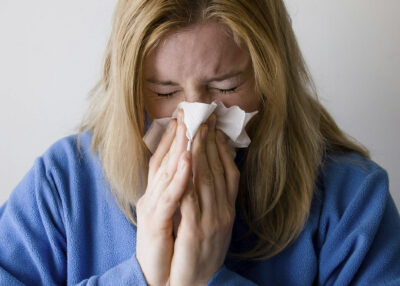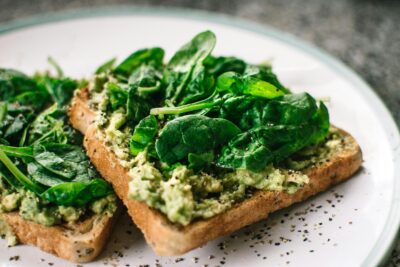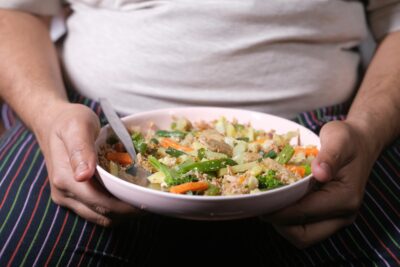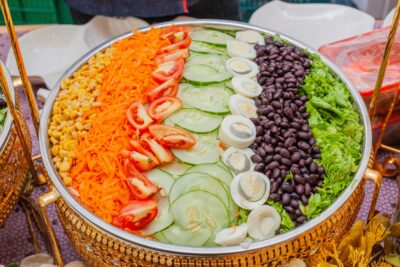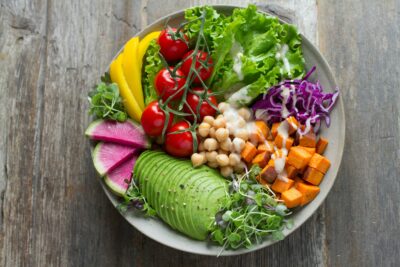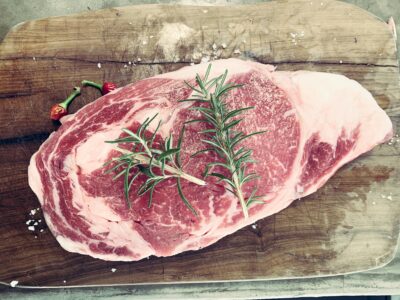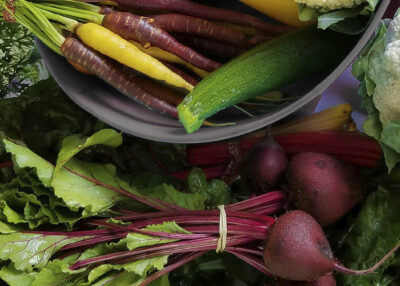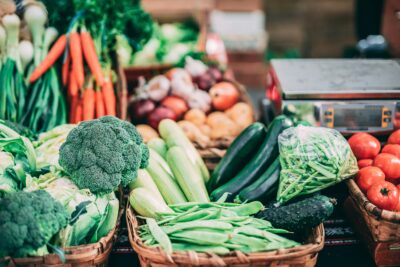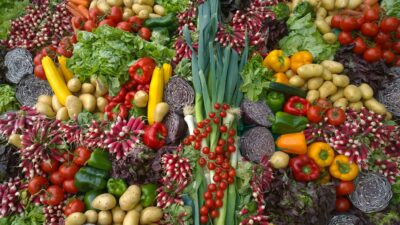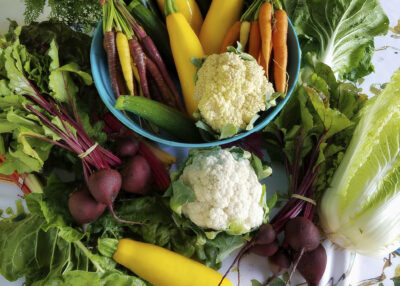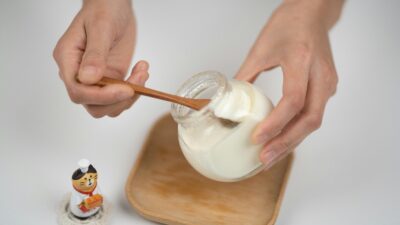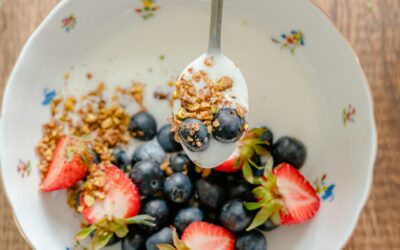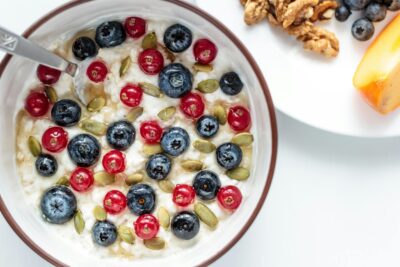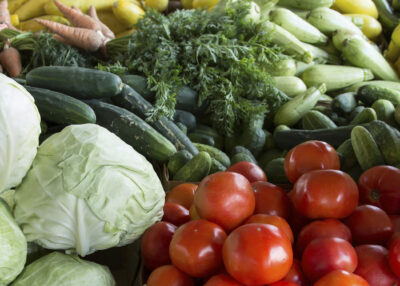When people think of allergies, they often assume the culprits are external factors like pollen, grass, or dust. While environmental triggers do play a role, what many don’t realize is that the majority of histamine—the chemical responsible for allergic reactions—is actually produced in the gut. By understanding how histamine is formed and how diet impacts its production, we can better manage allergies and related symptoms.
In this blog, we’ll explore the gut’s role in histamine production, the foods that contribute to its release, and how controlling your diet can help manage allergies, fatigue, and digestive issues.
How Histamine is Produced in the Gut
Histamine is a chemical produced by the immune system in response to allergens. It causes symptoms like itching, swelling, and mucus production, which are common during allergic reactions. However, a significant portion of histamine isn’t coming from the environment—it’s being produced in your gut.
The process begins with histidine, an amino acid found in certain protein-rich foods. When histidine is broken down by intestinal bacteria, it’s converted into histamine. This gut-derived histamine then enters the bloodstream and can lead to allergic reactions, fatigue, and even digestive issues.
The Impact of Diet on Histamine Production
One of the key factors that influence histamine levels in the body is diet, particularly foods that are high in histidine and those that stimulate histamine production. While some people are sensitive to histamine-rich foods, the biggest histamine stimulant might surprise you: simple carbohydrates.
Foods like sugar, bread, crackers, and chips are notorious for feeding bad bacteria in the gut, including candida, a type of yeast. When these harmful bacteria and fungi overgrow, they release large amounts of histamine into the bloodstream, triggering allergic reactions and other symptoms such as tiredness and indigestion.
Foods That Increase Histamine
If you’re prone to allergies or experience high histamine symptoms, paying attention to your diet is crucial. Here are some foods that either contain high levels of histidine or stimulate histamine production:
- Histidine-Rich Foods:
- Protein-rich foods such as red meat, pork, and poultry.
- Certain fish and seafood.
- Aged cheeses and fermented foods.
- Histamine-Stimulating Foods:
- Sugary foods like candy, baked goods, and sodas.
- Refined carbohydrates such as bread, crackers, and chips.
- Alcohol, especially wine and beer, which can increase histamine release.
By reducing or eliminating these foods from your diet, you can help control the overproduction of histamine in your gut and alleviate allergy symptoms.
Managing Bad Bacteria and Candida Overgrowth
Gut health is a crucial part of managing histamine levels. When harmful bacteria or fungi like candida overgrow, they release large amounts of histamine, contributing to chronic allergies, fatigue, and digestive discomfort. To combat this, it’s essential to support a healthy gut microbiome by:
- Incorporating probiotics: Probiotics help promote the growth of beneficial bacteria that can keep harmful microbes in check.
- Eating fiber-rich foods: A high-fiber diet supports gut health by providing nourishment for good bacteria.
- Limiting sugar and refined carbs: Reducing these foods starves bad bacteria and yeast, preventing them from overproducing histamine.
Symptoms of High Histamine Levels
High histamine levels can cause a range of symptoms beyond just allergies. These include:
- Allergic reactions: Itching, swelling, and rashes are common when histamine levels spike.
- Fatigue: High histamine levels can leave you feeling tired and sluggish.
- Digestive issues: Indigestion, bloating, and gas may occur when histamine is produced in large quantities in the gut.
If you experience any of these symptoms, it might be time to take a closer look at your diet and gut health.
Taking Control of Your Health
Managing histamine levels and controlling allergies requires a holistic approach that focuses on gut health. By making mindful choices about the foods you eat—particularly reducing simple carbs and sugar—you can help control histamine production and improve both allergy symptoms and overall well-being.
For personalized guidance and support, schedule a discovery call with Dr. Chanu Dasari at MGI Clinics. Our Case Studies page features stories of patients who have successfully managed their conditions through the Mind-Gut-Immunity Method.
Start Your Journey to Better Health Today
Discover the transformative power of the Mind-Gut-Immunity Method! Over the past decade, Dr. Dasari has helped countless clients reduce inflammation and find relief from autoimmune issues, often in just 3-6 weeks. Now, you can start your journey to better health with our free training. Click the link below, choose your condition, and learn how our proven approach can help you feel better fast.
About the Author
Dr. Chanu Dasari, a distinguished clinician with a career spanning renowned institutions like Vanderbilt University, Oxford University, and the University of California, has made significant contributions to medical research and practice. His work, published in top peer-reviewed scientific journals and adopted by the US Department of Health, highlights his commitment to advancing healthcare. Dr. Dasari is board-certified by the American Board of Medical Specialties and the American College of Surgeons, with a specialization in hernia repair, gallbladder removal, cysts, digestive disease, and cancer. As the founder of the Mind-Gut-Immunity Clinic, he draws from personal experience with autoimmune and digestive dysfunction to lead a team dedicated to patient-centered care using evidence-based protocols.

